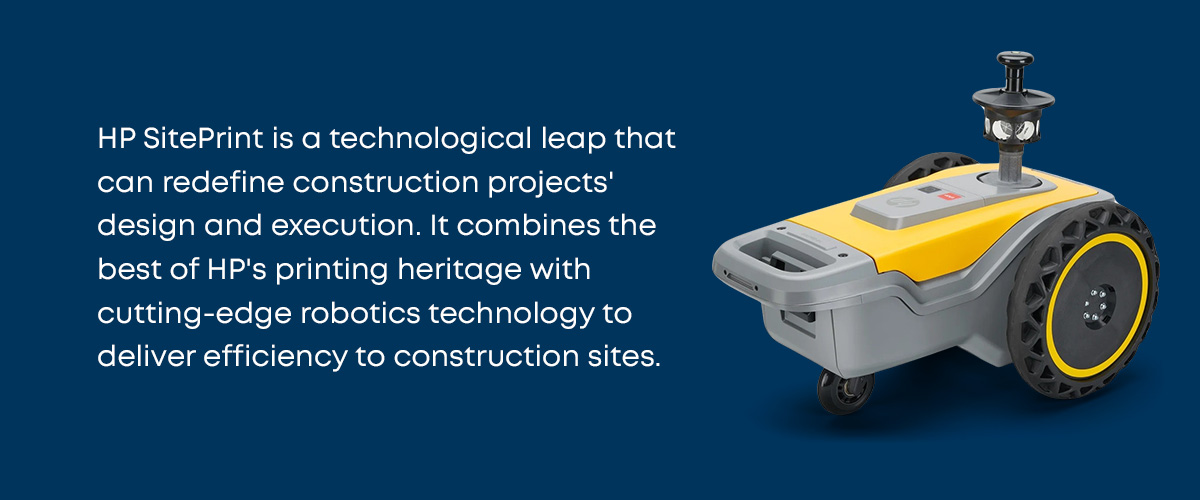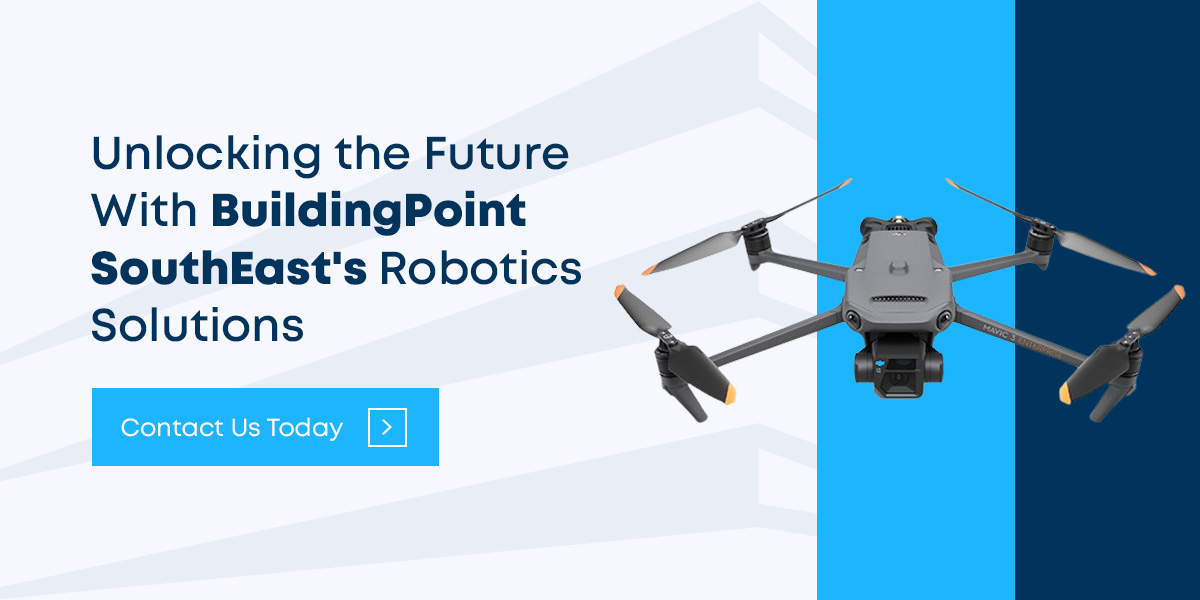Table of Contents:
- The Role of Robotics in the Construction Industry
- Advancing Risk Management and Enhancing Quality Control
- Surveillance and Reality Capture Robots
- Emphasizing Collaboration — Humans and Robots Working Together
In the high-stakes world of construction, ensuring worker safety and maintaining quality are crucial. Hazardous tasks such as working at heights, handling heavy materials, and exposure to harmful substances pose significant risks. Robotics is emerging as a powerful tool to mitigate these risks and improve quality control in construction.
The Role of Robotics in the Construction Industry
Robots are changing the game in construction, especially in managing dangerous tasks. Here’s how they contribute:
- Reduces Risk Exposure: Robots can perform jobs in confined spaces or at great heights, minimizing human exposure to dangerous environments. This shift enhances worker safety and improves overall construction practices.
- Minimizes Human Error: Construction sites are prone to accidents caused by human error or fatigue. Robots are precision instruments that significantly reduce these risks.
- Enhances Efficiency and Quality Control: Robots excel in tasks requiring precision and consistency, helping maintain high standards of quality and streamline operations.
- Provides Real-Time Data: Equipped with advanced sensors, modern robots collect real-time data, aiding construction teams in making informed decisions to enhance safety and efficiency.
Integrating robotics into construction processes elevates industry standards for quality, efficiency, and risk mitigation.
Robots in Action: Advancing Risk Management and Quality Control
Robotics are not just safety tools; they are also critical for risk management. Specific robots, known as Single-Task Robots (STRs), are designed to enhance quality and minimize risks in construction.
Interior STRs
These robots focus on indoor tasks, tackling repetitive and physically demanding jobs:
- Ergonomics Support: Interior STRs help reduce the risk of musculoskeletal disorders by taking over strenuous tasks.
- Hazard Mitigation: They can operate in environments with toxic substances, protecting workers from exposure.
Exterior STRs
Exterior STRs are tailored for outdoor construction tasks:
- Safety at Heights: These robots perform tasks at elevated positions, reducing the risk of falls and accidents.
- Automating Hazardous Tasks: By taking over dangerous functions, they provide an extra layer of safety for workers.
Surveillance and Reality Capture Robots
These robots are essential for data collection and monitoring:
- Enhanced Inspections: They can assess hazardous environments, reducing the need for manual inspections.
- Reduced Human Exposure: By autonomously navigating sites, they lower the risk of accidents, creating safer work conditions.

HP SitePrint
HP SitePrint is an autonomous robotic solution transforming construction site layouts. It integrates with Trimble's layout technology, enhancing risk management and quality control.
- Precision and Accuracy: HP SitePrint executes layouts with pinpoint accuracy, minimizing errors and ensuring higher quality outcomes.
- Streamlined Communication: This technology improves coordination between office and field teams, reducing discrepancies.
- Minimized Rework: By eliminating layout errors, HP SitePrint helps keep projects on schedule and within budget.
In an industry where every detail counts, HP SitePrint is a game-changer, driving quality control and safety.
Emphasizing Collaboration — Humans and Robots Working Together
While concerns about job displacement due to automation exist, the focus should be on collaboration between workers and robots. Robots enhance safety but do not replace human expertise. Instead, they complement and support human workers in hazardous tasks.
Ethical deployment of robotics ensures that workers' safety and well-being are prioritized. By fostering cooperation, we can maximize the benefits of robotics in construction, creating a safer and more efficient work environment.
Unlocking the Future With BuildingPoint SouthEast's Robotics Solutions
Incorporating robotics into construction is vital for a more efficient and advanced future. At BuildingPoint SouthEast, we offer cutting-edge robotic solutions like HP SitePrint and DJI drones to revolutionize your construction operations.
Contact us online today to explore our field solutions!





